BOOK | ISAMU NOGUCHI | ESSAYS AND CONVERSATIONS
‘In April 1927, shortly after my arrival in Paris with a Guggenheim Fellowship at the age of 22, I was taken to the studio of Constantin Brancusi by writer Robert MacAlmon. I had seen Brancusi’s exhibition the previous year at the Brummer Gallery in New York, so I was overwhelmed to have him agree to accept me as his apprentice for the first half of each day for the months that followed.
I was privileged then to observe Brancusi in mid-career, at the height of his powers , most generous to me, and always with his eyes smiling. He was by then fully established as the person he remained to the end. All white. His attire was always white, his beard already white, and white dust covered the studio with its blocks of marble. Two massive round tables in plaster served as bases; there was a white stove in which he cooked his famous steaks; and there were two white dogs to which he fed milk in a washbasin.
The studio was big, with high ceiling, large skylight and windows. A small adjoining room was where he slept. Against the wall stood several versions in wood of his Endless Column, together with a large wooden winepress screw, also some old house beams. There were architectural elements in plaster, a capital and a section of Column of the Kiss, which with the plaster table appear later in his composition for the public park in Tirgu Jiu in Rumania.
As I remember, there were a number of the sculptures we all know: the Cock and the Cup in wood, a veined marble egg, besides bases and seats of his own devising.
There was the bronze Bird in Space he was working on, and the wonderful worktable he had devised for this.
All my time working was spent in this studio before the disaster. One morning I arrived to find the floor had caved in to a cistern below, and Brancusi was obligated to move into two smaller studios across the street on impasse Ronsin, which he transformed and where he remained to the end. Its replica in in the Musee d’art Moderne in Paris.
Brancusi got me started with carving a flat plane in limestone preparatory to making a base. First he taught me how to correctly cut and true the edges and then by cutting grooves to level the space between, then on to squaring the cube. He was insistent on the right way to handle each tool for the job and material, and on the respect to be accorded to each.
Wood, for instance, had to retain the quality of wood; the working on it was the process which made this possible. Brancusi favored at that time a hude hatchet or ax, not an adze. It would come down heavily, exposing with its sharpness the grain as though polished. The frame saw, about four feet long, had to cut with its own weight; there must be no forcing. Sharpening of tools was the ritual before all others, whereby the quality of wood would emerge. Working with wood in this manner was not strange to me. I had been apprenticed when 10 years old to a carpenter in Japan; the tools, which I still have, I brought back with me to America when 13. The value that Brancusi placed in the direct working of wood is very well known in Japan.
The carving of stone, however, was new to me. I had no such experience in America and, indeed, the carving process of removal was the opposite of whatever I had so quickly learned of the tricks and easy effects of clay. To learn to become the true new sculptor would have required that I really forget the other, which I recalcitrantly did not do until much later, after backsliding for years upon returning to New York.
Brancusi tried his best to din into me the need to tedious and exacting work. “Concentrate and stop looking out the window!” he would shout. Or, “Whatever you do, it is not for fun or for study. You must treat it as the best thing you will ever do”. I did keep at it long enough to be finally entrusted with helping in the beginning phase of carving a marble Bird in Space. I used the chemin de fer at one point which was a series of broken saw blades fixed in wood; it made a noise like a train.
Brancusi would file away at a pale alloy bronze casting of another of his birds. The long file had to go its full length, curving over the roundness. Sometimes there were sand pits which had to be filled. One casting had been abandoned because of this. Always there was this striving after perfection that could only be had through his own hard labor.
I presumed Brancusi’s bronzes came after the marbles. Many must have been cast from the marbles. But there were always subtle as well as obvious differences between them. So I would guess he worked on the plasters at the stage of transferal to make each one unique. Wasn’t this the case with the bronze Leda, which I was charged to go polish each week at the Salon des Tuileries?
Perhaps some of the pieces were first made in clay, but if so all traces had been eliminated. There was a Cock clearly made in plaster; others looked carved, like the architectural elements, intended perhaps to simulate later carving in stone.
The point to be made with bronze is, I think, that Brancusi discovered in each its uniqueness as it came back from the foundry, making the essential metal emerge out of the slag and patina of casting.
My recollection of Brancusi’s talk is, alas, fragmentary. I remember vaguely a story of a crocodile on the beach at Deauville with attendant adventures. Once he told me of his breaking a leg and being taken to a hut in a forest at night, from which predicament he had been saved by his knowledge as a sculptor by casting his leg in plaster! I was convinced he was filled with all kinds of mystic lore; of Milarepa, the Tibetan saint. But he spoke no English and my French was then minimal. So we would go to the movies on the rue de la Gaiete.
When I saw Brancusi after the war in 1949, he had become terribly bitter about people in general and about the French in particular, whom he called “useless”. The Germans he thought slightly better. At least they had machined a fairly good mirror disk of stainless steel his small Fish in gray marble. But even this was no good, and he had to do the whole thing over again by hand. The Americans, he said, were the only ones to understand him, a few of them, such as John Quinn, Walter Arensberg, and R. Sturgis Ingersoll.
He played me an African record on a phonograph he had made; two arms played simultaneously on different grooves. At that time I was on my way around the world on a grant from the Bollingen Foundation to study how sculptures were used in the past in relation to place, Brancusi told me of his altogether unfortunate experience in India where he had gone at the invitation of Maharaja of Indore to build there a temple of contemplation and deliverance. I understood this was to be in the form of a “fourth-dimensional cross”, in the four enclosures of which would be a Bird in Space. He had lost a month waiting there for the Maharaja and had finally given up. What a pity that he who had the greatest gift for architecture could not have found outlets other than the beautiful memorial in Rumania. Why had he never worked with architects? Did purity of purpose exclude the possibility of collaboration?
I believe it was when I saw him in 1953 that he told me that Ingersoll had arranged with the Budd Company near Philadelphia, which makes the railroad cars, to execute a large Endless Column in welded stainless steel. Brancusi would have none of this; it went against everything he believed in.
When Brancusi came to New York in 1939, I was making a very big stainless-steel casting as a relief over the door of the Associated Press Building in Rockefeller Plaza.
This was a process he approved of with interest and we talked at that time of similarly casting his Endless Column. How unfortunate it was that he insisted on going back to Paris.
When I visited him last in 1955, I had a sort of commission from a museum in Japan to acquire something for 100,000 yen ($300). This was ridiculous and I felt very unhappy about it. Brancusi, however, offered me a plaster of which there were by then quite a number. This, I am ashamed to say, I declined. Why, I cannot say, unless it had something to do with my wanting to convey to him my reservations about plaster and reproductions – that it would not have been a Brancusi! A curious excuse, considering that a plaster is at least one step closer to the original than a bronze – unless it had been worked on by him.
Brancusi arrived in Paris at that marvelous period of springtime discovery in the arts. He came to learn, a student of the academy, but he brought with him something more than learning: the memory of childhood, of things observed not taught, of closeness to the earth, of wet stones and grass, of stone buildings and wood churches, hand-hewn logs and tools, stone markers, walls, and gravestones. This is the inheritance he was able to call upon when the notion came to him that his art, sculpture, could not go forward to be born without first going back to beginnings. The way things were made was important, the difficulty of making, the limits imposed by the medium to which his concepts in turn must fit. The early sculptures, like his first Kiss, are of this sort. By constricting concepts to the minimal, a point is reached where it blends with the medium, setting up a sort of vibration between them by which all disturbances and irrelevancies are removed – such as a nose.
Our of limitations of matter and the working of it came the essence of his sculpture. The images nestled within the medium. Everything had this unity from duality. The concept was not imposed but was inherent within the relationship of artist to his material. There was a communion with nature, the nature of material.
Brancusi carried this memory all the way from Rumania by foot. “Who is no longer a child is no longer an artist,” he said. All his work has the innocence of childhood. Without it he dies.
Brancusi said to me, “You belong to the new generation who will go directly to abstraction, without having to abstract from nature as mine has done.” I did not know how to take this. Was pure abstraction really an advance? For that matter, there in no advance but rather a recognition of something that continues and permates time.
All manifestations are extensions of geometry, more or less complex. I have had good teachers. For Brancusi, images were both abstract and not. Geometry alone he distrusted. Why he objected to having his Endless Column made of welded plate is understandable. It was both abstract and not abstract enough to be so treated. The surfaces are subtly modulated. The one in Rumania is of cast iron, still subject to human touch.
Everything has this extra increment. As every leaf is born new, so is his art. No two are exactly alike – not like the plastic ones that litter the landscape.
As for going on to pure abstraction – it already seems rather beside the point. Things come and go, and some things endure. Art endures when it has its own identity.’
-1976-


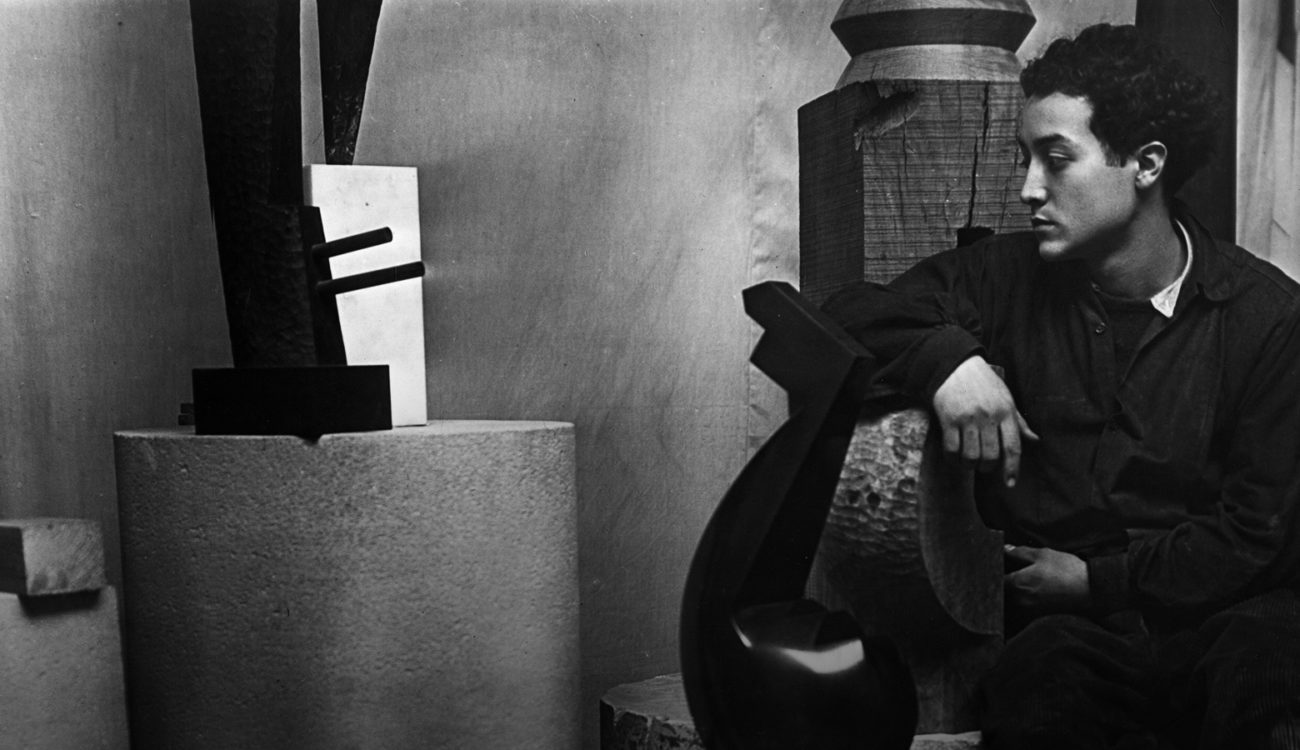
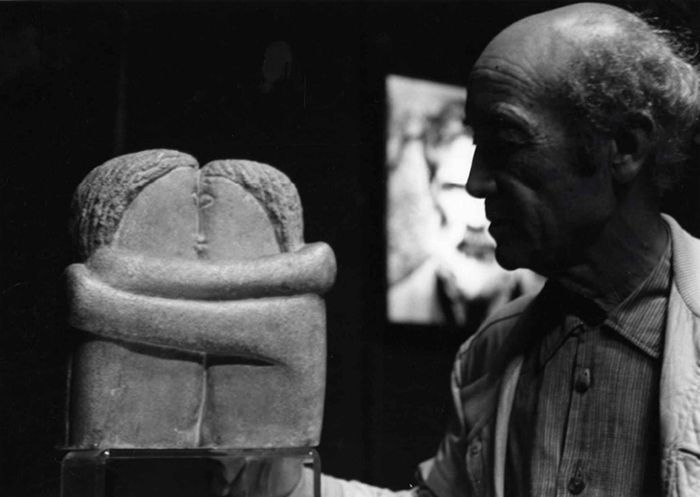
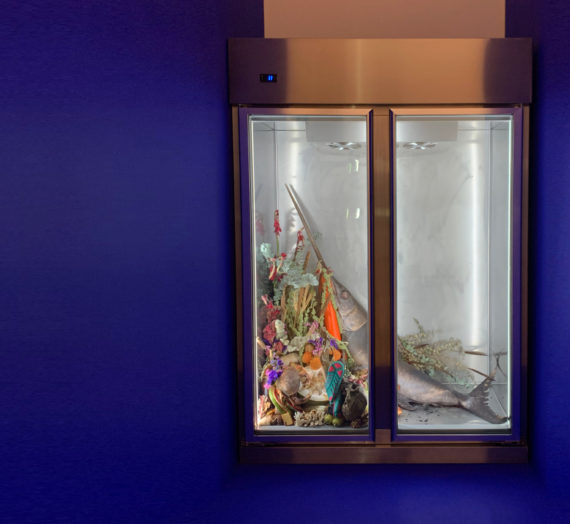
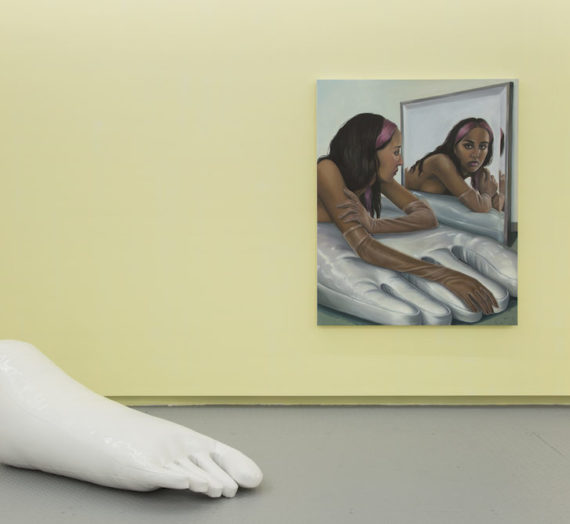
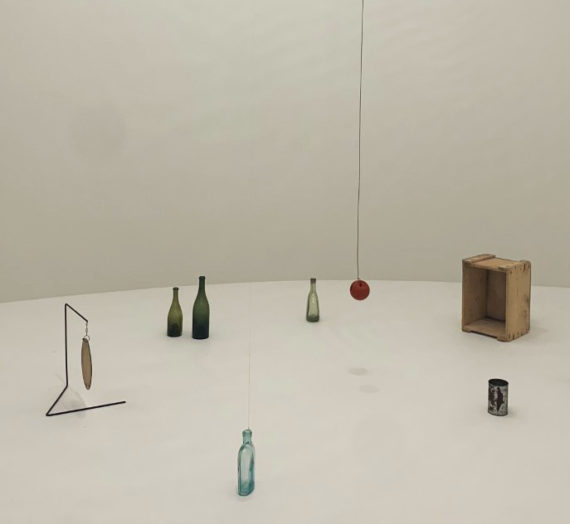
Leave a Reply